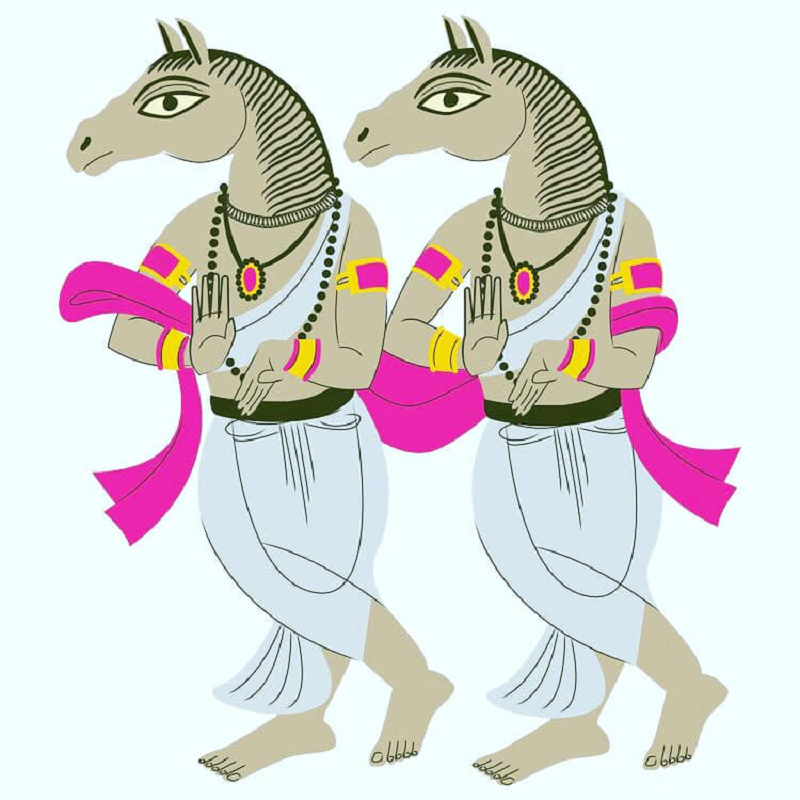
You must have seen 'two thumbs in one hand or six fingers in one hand' some time or the other in someone's hands or feet. Seeing such a hand, some questions come in the mind. But from Phatak, you will find someone who says that people with 6 fingers are very lucky. Such is their fate. They do this in the future... do this, do that. The most interesting thing is that oceanography also advocates that people with 6 fingers are very lucky. are intelligent. Be it a man or a woman, if anyone has 6 fingers, it is considered very auspicious. But in this article, leaving aside the things of the future, luck and scriptures, today we will tell you what such people are called in the language of 'medical science'. In the language of medical science, what is the reason behind people having 6 fingers or two thumbs? This will tell you...
2 thumb is also seen in association with 'Grip Strength'
We first took the help of Quora to find out the reason behind this. In which answers to questions related to it will be found. Some people wrote in response to this question that two thumbs are linked to your 'Grip Strength'. Your thumb is considered to be the strongest finger of the hand, contributing up to 40 percent to the grip strength of the hand. So if you have two thumbs, it would mean that your grip strength increases by about 40 percent. By adding one more thumb, the width of your hand will also increase considerably. This means you can easily hold much larger items.
What is it called in the language of medical science?
Polydactyly
People who are born with an extra finger or thumb are called polydactyly. Polydactyly is a condition where a person is born with one or more extra fingers or toes. It can be on one or both hands or feet.
The name comes from the Greek poly (many) and dactyls (knuckle). Extra fingers or toes are known as "supernumerary", meaning 'more than the normal number'. This can also be a genetic reason.
Polydactyly is a condition where a person is born with extra fingers or toes on one or both of their hands and feet.

Types of polydactyly
nubin
small, raised lump of tissue that does not contain any bone
genetically formed finger or toe with few bones but no joints
A fully functioning finger or toe is attached by tissue,
Postaxial polydactyly or little finger duplication
This is the most common condition, where the extra finger is outside the little finger. This part of the hand is known as the ulnar side. When this form of the condition affects a lot of the toes, it is called fibular polydactyly.
Radial or preaxial polydactyly or thumb duplication
It occurs in 1 out of every 1,000 to 10,000 live births. This finger is on the outside of the thumb. This part of the hand is known as the radial side. When this form of the condition affects the toes, it is called tibial polydactyly.
Central polydactyly
This is a rare type of polydactyly. The extra finger is attached to the ring, middle, or often index finger. This form of condition has the same name when it affects the toes.
Due to polydactyly
When any person is born with polydactyly. So you can see it in genetic form. That is, it is possible that someone in that child's family or parents must have had polydactyly. Polydactyly can also be associated with a genetic or syndrome. When the child lives in the mother's womb, only then it goes into its genes. Is.
A child can also have 6 fingers due to multiple tissues.
As you know, the embryo is made up of the genes of its parents. Embryos have many characteristics. The development of a child depends on the genes of the parents. His height, hair, blond, black. If either of the parents has an extra finger, then the child should also have 6 fingers. This is common. Also, it happens due to multiple tissues.
These tests can be detected
chromosome test
enzyme test
metabolic test










